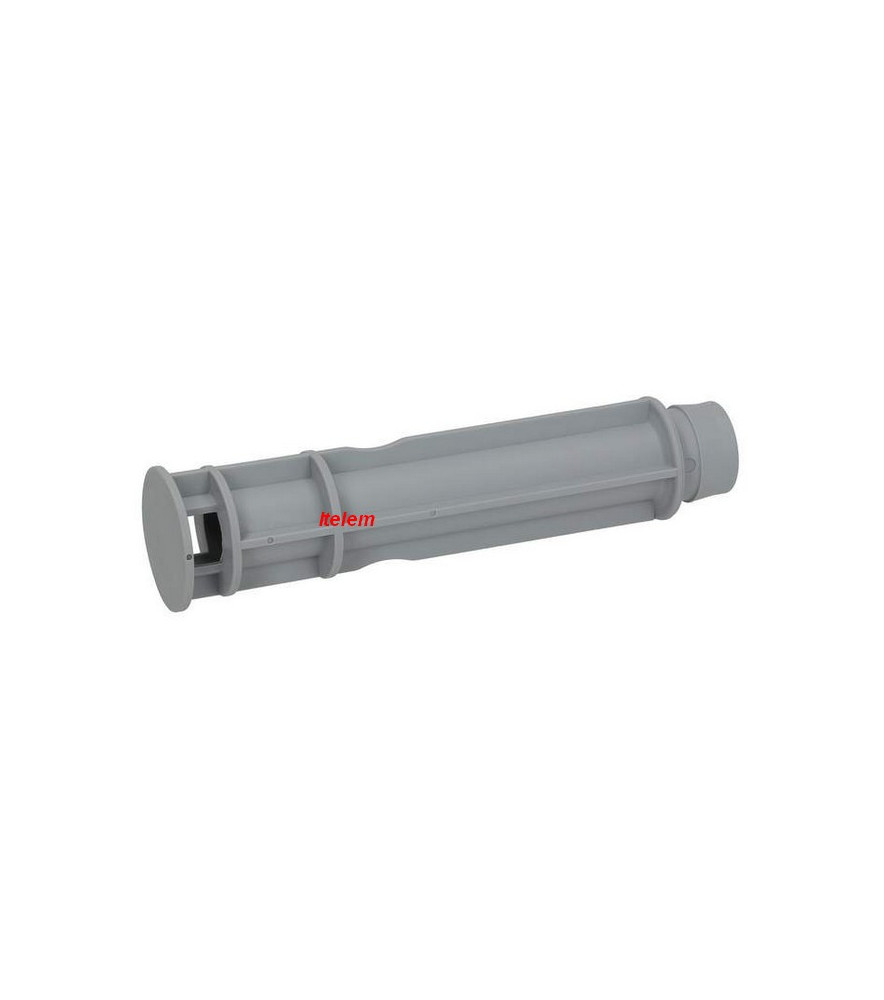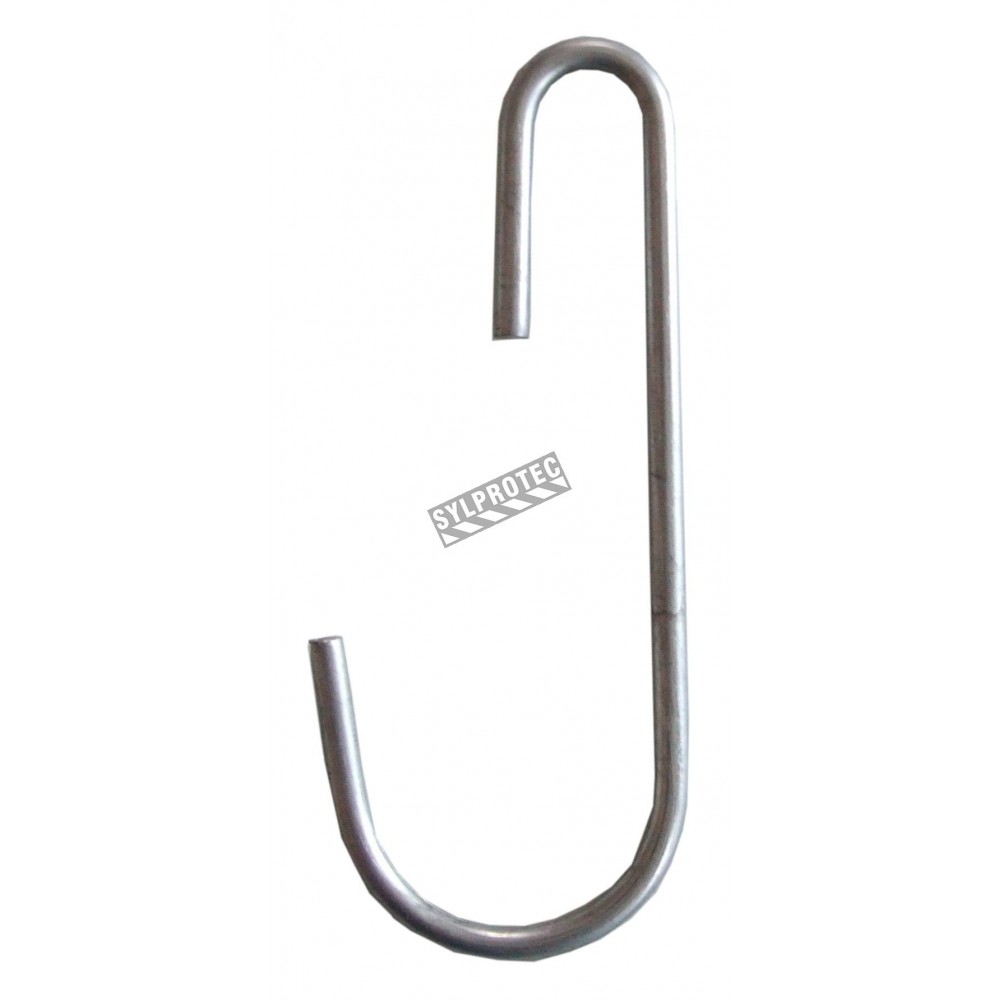

Record the time, medication type and amount, and the amount of water administered on the I&O worksheet. Unless otherwise ordered, the nasogastric tube should remain clamped for at least one hour to allow absorption of the medication. Reconnect the nasogastric tube to the drainage tubing, leaving the clamps in place. Follow the medication with 30 ml of water to clear the tube. Release the clamp, allowing the medication to flow into the nasogastric tube.į.


Insert the syringe tip into the nasogastric tube and pour the medication into the syringe. Gentle aspiration with a syringe to check for stomach contents will verify that the tube is in the stomach.Į.

NOTE : If suction drainage is not in use, it will be necessary to check the placement of the nasogastric tube by other means. Disconnect the nasogastric tube from the drainage tubing. Clamp the drainage tubing and the nasogastric tube. Place medication, tongue blade, a cup of water, and a 30-50 ml catheter tip syringe on a tray, and take to the patient’s bedside.ĭ. Stir thoroughly, using a clean tongue blade.Ĭ. Unless contraindicated, add 15-20 ml of water. (Pills must be crushed and capsules opened.)ī. Pour required liquid medication into medicine cup. It is very important that you consult your doctor about your specific condition.A. It does not provide definitive medical advice. Vimeo’s platform gives us the ability to produce professional, branded company events that are engaging our partners in more meaningful ways. Powering everyone from creatives to entrepreneurs to the world’s largest companies. IMPORTANT REMINDER: This information is intended only to provide general guidance. Trusted by our community of over 230 million users. PEG sites close quickly once the tube is removed, so accidental dislodgment requires immediate attention. Your doctor will remove the tube using firm traction and will either insert a new tube or let the opening close if no replacement is needed. Your doctor can easily remove or replace a tube without sedatives or anesthesia, although your doctor might opt to use sedation and endoscopy in some cases. However, because they can break down or become clogged over extended periods of time, they might need to be replaced. How long do these tubes last? How are they removed? Your doctor can describe for you symptoms that could indicate a possible complication. Possible complications include infection of the PEG site, aspiration (inhalation of gastric contents into the lungs), bleeding and perforation (an unwanted hole in the bowel wall). Possible complications include pain at the PEG site, leakage of stomach contents around the tube site, and dislodgment or malfunction of the tube. Are there complications from PEG placement?Ĭomplications can occur with the PEG placement. Although a few PEG patients may continue to eat or drink after the procedure, this is a very important issue to discuss with your physician. If the PEG tube is placed because of swallowing difficulty (e.g., after a stroke), there will still be restrictions on oral intake. Specialized liquid nutrition, as well as fluids, are given through the PEG tube. How are feedings given? Can I still eat and drink? No special dressing or covering is needed. After that you should clean the site once a day with diluted soap and water and keep the site dry between cleansings. This dressing is usually removed after one or two days. How should I care for the PEG tube?Ī dressing will be placed on the PEG site following the procedure. Patients who have difficulty swallowing, problems with their appetite or an inability to take adequate nutrition through the mouth can benefit from this procedure. Patients can usually go home the day of the procedure or the next day. Patients generally receive an intravenous sedative and local anesthesia, and an antibiotic is given by vein prior to the procedure. This procedure allows the doctor to place and secure a feeding tube into the stomach.
#PO TUBE SKIN#
Your doctor will use a lighted flexible tube called an endoscope to guide the creation of a small opening through the skin of the upper abdomen and directly into the stomach. This brochure will give you a basic understanding of the procedure - how it's performed, how it can help, and what side effects you might experience. PEG stands for percutaneous endoscopic gastrostomy, a procedure in which a flexible feeding tube is placed through the abdominal wall and into the stomach. PEG allows nutrition, fluids and/or medications to be put directly into the stomach, bypassing the mouth and esophagus.


 0 kommentar(er)
0 kommentar(er)
